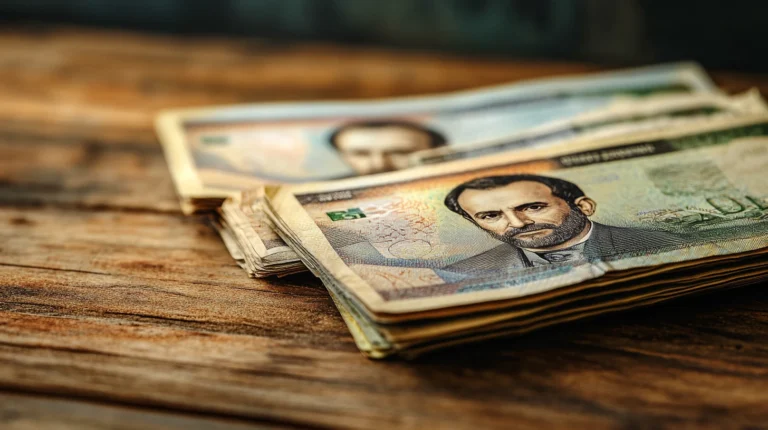Syria is preparing to start printing its newly designed currency in the United Arab Emirates and Germany, marking a significant shift away from its longstanding reliance on Russia for banknote production. This development signals warming relations with Gulf nations and parts of Europe, as Damascus looks to take advantage of recent sanctions relief.
Sources familiar with the matter say Syrian officials have been in advanced discussions with Oumolat, a UAE-based company that specializes in secure printing. The talks gained momentum following recent visits by Syria’s central bank governor and finance minister to the UAE. Meanwhile, in Germany, interest has reportedly come from two firms Bundesdruckerei and Giesecke+Devrient though their involvement has yet to be confirmed.
This move comes as Syria works to recover from over a decade of devastating war, which has left its economy shattered and its currency in short supply. The government is also planning a visual overhaul of its currency, including removing the image of former president Bashar al-Assad from a prominent note a symbolic step amid broader political shifts.
During the civil war, Syria had turned to Russia for printing its money after the European Union imposed sanctions that severed previous printing contracts with European firms. Moscow stepped in to fill the gap, supplying not only cash but also fuel and wheat. Even after Assad’s departure to Russia last December, Damascus has continued to receive support from the Kremlin.
However, Europe’s recent moves to ease some financial sanctions on Syria particularly those restricting currency production have opened the door for new partnerships. In February, the EU officially relaxed rules to allow printing deals, a decision that aligns with efforts to reduce Russian influence in the region, especially in light of the ongoing war in Ukraine.
In a further sign of shifting alliances, Syria also signed an $800 million preliminary agreement with UAE logistics giant DP World to develop the port of Tartus. This is the first major deal since former U.S. President Donald Trump unexpectedly announced a lift on certain sanctions against Syria.
Inside Syria, the currency shortage remains a pressing issue. While officials claim people are hoarding cash, some bankers suggest the government itself is limiting circulation to better control the exchange rate. Regardless of the reason, businesses and everyday citizens alike are feeling the pinch, with banks routinely unable to meet withdrawal demands.
Currently, the Syrian pound trades at around 10,000 per U.S. dollar on the black market, a notable improvement from the 15,000 mark prior to Assad’s ousting. For perspective, one U.S. dollar was worth just 50 Syrian pounds before the conflict erupted in 2011.

